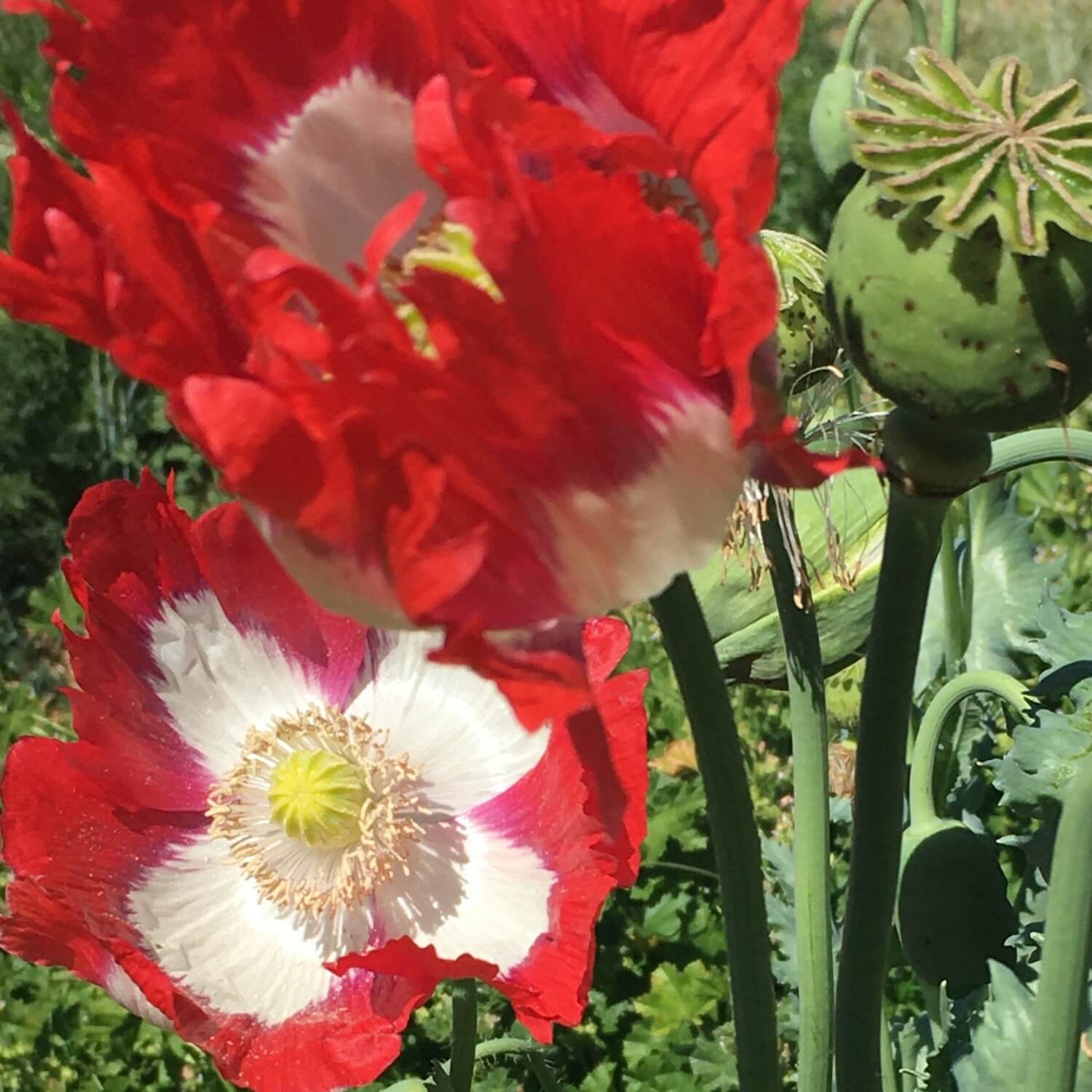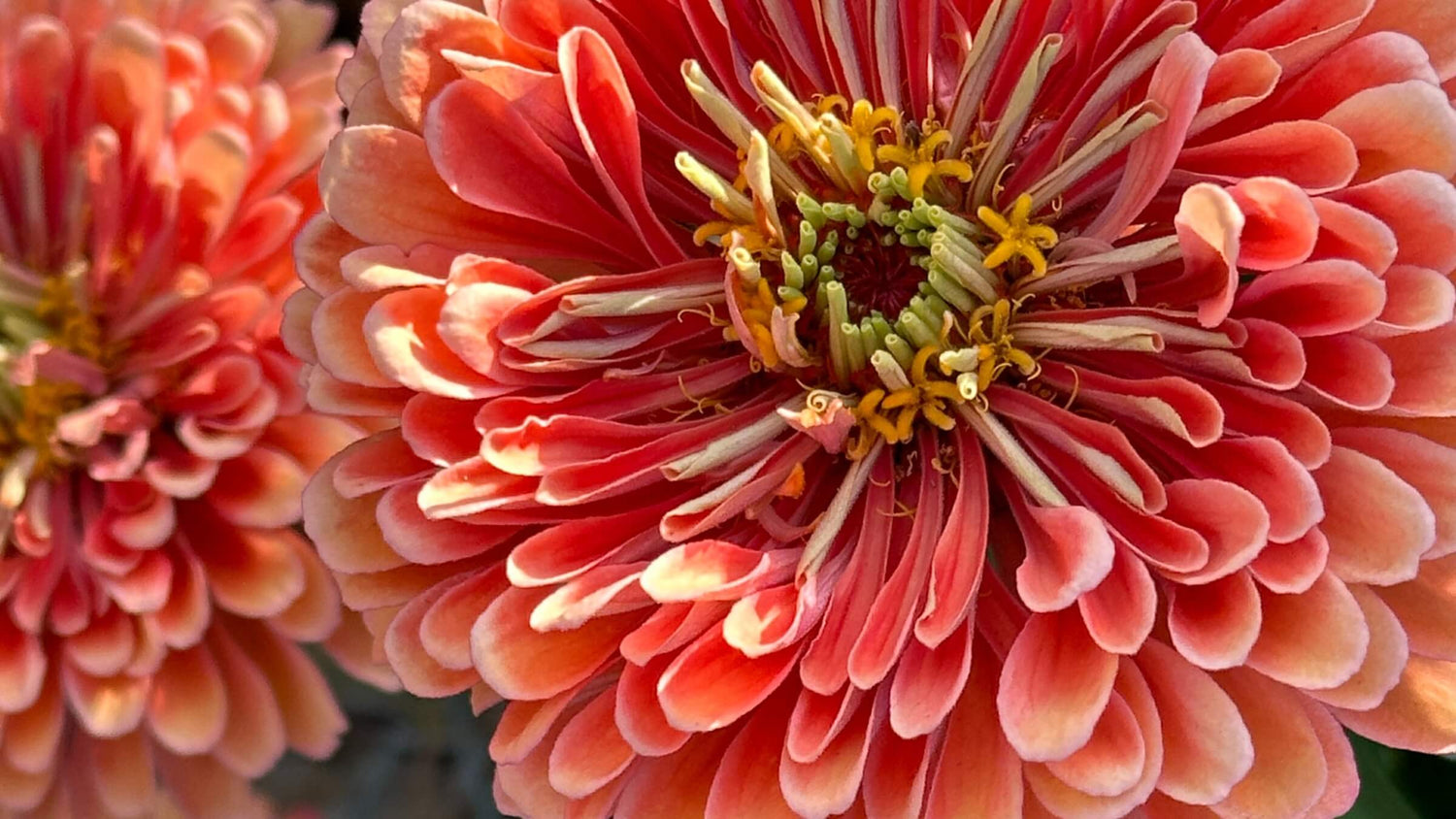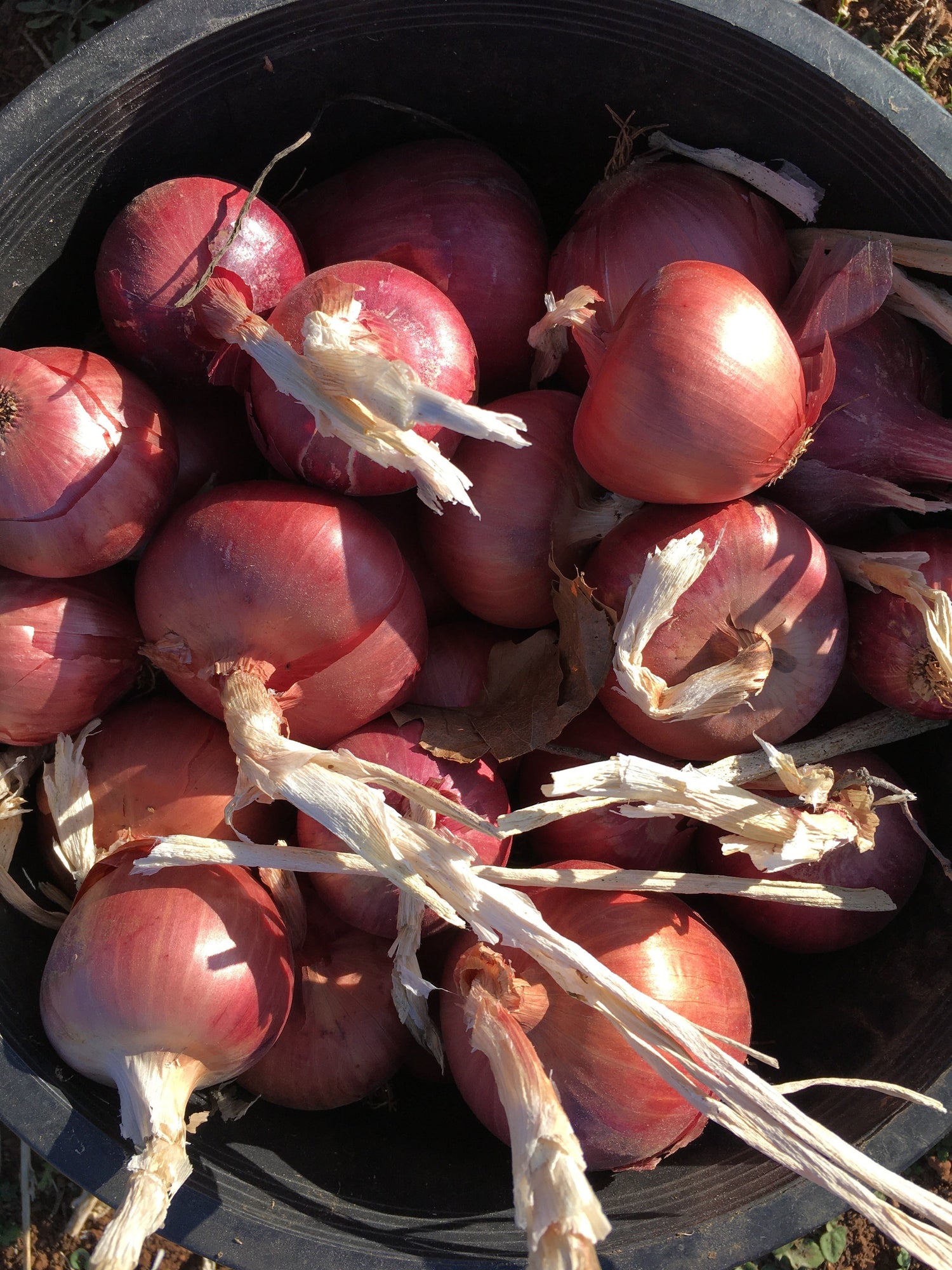
The fact is, as soon as you plant a garden, they will come. Especially if you live in the dry west like we do. In the summer our gardens are a shining oasis of green in the midst of the yellow brown and the animals flock. We can definitely add ground squirrels to that list of voracious wildlife as well!
Questions about how to defend your garden against marauding wildlife is a common question and most gardeners deal with gophers, deer, rabbits and/or ground squirrels at some point.

Straight off the bat I will tell you that after 15+ years of gardening and farming the most effective deterrents include fencing, raised beds with hardware cloth, dogs and cats, and traps.

Our farm animals are serious wildlife deterrents. Both the dog and cat are active hunters in the garden and I tolerate a bit of digging on the part of our dog when she lifts her dirty head up with a gopher prize in her mouth!
If you spend a few minutes googling the topic you will find lots of advice about motion detector sprinkles, noise makers, hanging shiny objects in the garden, different types of smelly liquid sprays and deer resistant plants. All of these have some merit and may be worth having a go. But you should note that these animals are quick to adapt and won’t be scared by a fake owl for long.
I’ll break it down:
Gophers: This may be the number one garden pest in my book. I hesitate to label any animal as a pest though. They all have their place in the food chain and I’m sure that the aeration they bring to my soil is valuable. But they also cause real heartache.
Last season we had a beautiful crop of carrots going to seed. One by one the gophers pulled them down. Watching 5 ft tall plants topple and knowing you need at least 50 strong survivors for quality seed motivates one to get after it.
We trap. NOT live traps. Trapping requires patience and perseverance. You must check your traps everyday and reset them. Sometimes finding the gopher tunnel can be hard. Start with the spot your most recent plant was eaten and dig down and to the sides. You can use a spade or stick to poke sound in the bed until you find one.
They do not like light shining into their tunnels. So when the trap is set, they will come up to fix their tunnel and hopefully trigger the trap. We use cinch style traps but there are other styles you can try including the Gopher Hawk and Macabee traps. Both of these come highly recommended by farmer friends. Sometimes the trap will be triggered but no gopher. That means you are on the right track so reset and try again.
If you prefer a barrier method then consider raised bed gardens lined with galvanized hardware cloth. This system works really well, especially if you are building new beds from scratch. That said, I have seen my mom dig out the soil from her raised beds, lay gopher wire, then refill!
On our farm, we usually do trapping only as needed. If I see plants disappearing then I start to trap. I know our fields are the home to gophers, voles and moles and for the most part we tolerate their presence at low levels.
Deer: In our early days deer were a real issue for us. We couldn’t afford a proper deer fence so we originally fenced our garden with black plastic mesh deer fencing. It worked ok, but there were also many deer incursions and the netting eventually got holes in it. Once deer find a way in, you can be sure they will be back.
Eventually, one section at a time, our permanent deer fence went up around our home and inner gardens. This fence is built with 6ft wire orchard fencing. The wire squares at the bottom of the fence are smaller to exclude more types of animals but I still find that rabbits and squirrels easily get through. The main purpose of this fence is to keep the deer out and the odd mountain lion too!
Above the fence we have one wire stretched at about 7 ft. This has been our main fence now for 10 + years and the only time deer find a way in is if the gate is left open! In that case I have seen panicked deer jump our fence to get out, usually damaging it in the process.
If you are only looking to protect your ornamental landscaping then there definitely are many plants that are less appealing to deer and some that are even toxic. Go for smelly aromatics like lavender, rosemary, catnip, sage etc. You could also try planting borders of these plants around your veggie garden to try and deter deer from entering.
I’ve read about folks using various products like Liquid Fence or making smelly concoctions with rotten eggs, milk, garlic and cayenne. If a fence is not an option this could be something to try but be aware that it will require frequent applications every couple of weeks.
Deer can also be easily startled so some folks try motion sensor sprinkles or hanging cds and other shiny objects in the garden to wave with the wind. I have done this in the past to protect seed crops from birds. Another method is to keep a radio going in your garden. Often these techniques will work for a short while but require changing up often since deer will adapt and become used to these diversions and realize there is no danger.
Rabbits: If you are looking to exclude rabbits then chicken wire mesh is the way to go. Rabbits won’t climb so it only needs to be 2-3 ft tall. One of our isolation gardens was getting hit hard with rabbits and we added 3 ft chicken wire along the base of the existing deer fence. Rabbits will often burrow though so for this to be more effective bury the fencing 6 inches in the ground. Gardening in raised beds can also help keep bunnies out!
Like deer, rabbits will steer clear of munching from highly aromatic plants like lavender and rosemary. Have a look around your yard for places that rabbits may be sheltering. Tell tale signs that rabbits are your culprit include rabbit pellets and tufts of fur.
Ground Squirrels and Wood Rats: My main method to minimize ground squirrel and rodent damage is to plant more than I need. They love to munch on summer squash, melons, corn and sweet peppers so for those crops I always plant a lot. I try to put my most valuable crops closer to the house, thus closer to the dog and cat. Below is a photo of pepper plants completely stripped of leaves.

When damage becomes unbearable I usually resort to live traps. We have several of these and I will bait them with peanuts and put them in the garden. Live trapping requires frequent checking since a captured ground squirrel will die quickly if left in the sun for long. We usually relocate these many miles from t;he farm in an unpopulated area.
I have also found that simply covering my peppers with floating row cover will often protect them from rats and squirrels.
So the takeaway to protect your garden? Fencing, hardware cloth, farm dogs and cats, and traps. We see way more predation in our isolation gardens where the cat and dog do not roam. I often joke and call our dog our VGD, Veggie Guardian Dog!
Finally, plant extra, plan on predation and realize that the critters are just trying to eat too.
Good luck out there!






